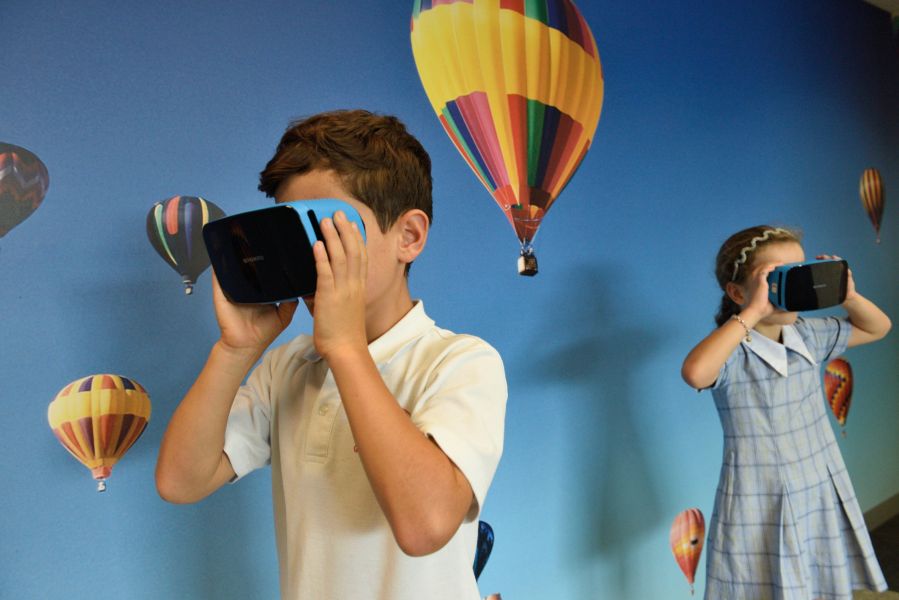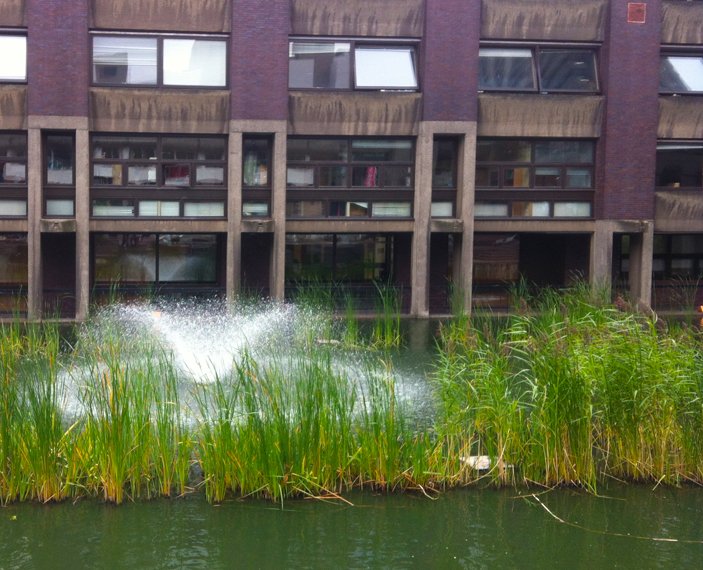Virtual Reality (VR) has transformed the educational landscape, offering immersive experiences that enhance learning and engagement. By simulating real-world environments, VR allows students to explore complex concepts hands-on. Here are seven practical tips for maximizing Virtual Reality’s potential in education for teachers and students.

1. Start with Clear Learning Objectives
Before diving into the world of VR, it’s crucial to establish clear learning objectives. Determine what you want your students to achieve through the VR experience. Whether it’s understanding human anatomy in a 3D space, exploring historical sites, or simulating scientific experiments, your goals should guide the selection of VR content and activities. Tailoring the VR experience to specific educational outcomes ensures that the technology is a tool for targeted learning rather than a novelty.
Just as you would choose VR activities that align with educational objectives, turning to services for paper writing support is about leveraging expert assistance to meet specific learning outcomes. If you wonder, “Can writing my paper with Academized help me achieve better grades and manage my time more effectively?” The answer is yes. Utilizing such a service can provide high-quality, academically sound work that meets your needs, allowing you to focus on other essential aspects of your education, such as immersive learning experiences.
2. Integrate VR with Traditional Teaching Methods
VR should complement, not replace, traditional teaching methods. Integrate VR sessions with lectures, discussions, and hands-on activities to create a blended learning environment. This approach allows students to apply what they’ve learned in VR to real-world contexts, enhancing their understanding and retention of the material. For example, after a VR exploration of the solar system, students could build models of planets or calculate gravitational forces, reinforcing their virtual experiences with tangible activities.
3. Provide Guided Exploration
While VR offers an exciting opportunity for exploration, students may feel overwhelmed by the possibilities. Provide guided exploration paths or specific tasks within the VR environment to keep students focused and ensure they meet the learning objectives. This guidance can be questions to ponder, challenges to solve, or specific landmarks to visit within the virtual world. By directing students’ exploration, you help them make meaningful connections and deepen their learning.
4. Encourage Collaborative Learning
VR experiences can be powerful tools for collaborative learning. Encourage students to work in pairs or small groups, sharing a single VR headset or working together in a shared virtual environment. This collaboration can spark discussions, foster teamwork, and allow students to learn from each other’s insights and perspectives. Collaborative VR tasks can also help develop communication and problem-solving skills, valuable competencies in any educational setting.
5. Focus on Immersive Experiences
The strength of VR lies in its ability to provide immersive experiences that are otherwise impossible or impractical. Focus on using VR for simulations that bring abstract concepts to life, such as walking through the human circulatory system, participating in historical events, or experiencing the impact of climate change firsthand. These immersive experiences can make learning more engaging and memorable, helping students better understand the subject.
6. Address Accessibility and Inclusivity
Ensure that VR experiences are accessible and inclusive for all students. Consider the physical needs of students who may find VR headsets challenging and seek solutions to accommodate diverse learners. Additionally, be mindful of the content within VR experiences to ensure it is culturally sensitive and representative of diverse perspectives. Making VR accessible and inclusive adheres to educational equity and enriches the learning experience for everyone.
7. Evaluate and Reflect on VR Experiences
Finally, regularly evaluate and reflect on the effectiveness of VR in achieving learning objectives. Gather feedback from students about their VR experiences, including what they learned and enjoyed and areas for improvement. Use this feedback to refine future VR sessions and ensure they align with educational goals. Continuous evaluation helps educators leverage VR more effectively, tailoring experiences to meet the evolving needs of students.
Concluding Thoughts
Incorporating Virtual Reality into education requires thoughtful planning and execution. By following these tips, educators can harness the power of VR to create dynamic, engaging, and compelling learning experiences. As VR technology continues to evolve, its potential in education is limitless, offering new ways to inspire curiosity, foster understanding, and prepare students for future challenges.
Author: Sam Stahl

Founder Dinis Guarda
IntelligentHQ Your New Business Network.
IntelligentHQ is a Business network and an expert source for finance, capital markets and intelligence for thousands of global business professionals, startups, and companies.
We exist at the point of intersection between technology, social media, finance and innovation.
IntelligentHQ leverages innovation and scale of social digital technology, analytics, news, and distribution to create an unparalleled, full digital medium and social business networks spectrum.
IntelligentHQ is working hard, to become a trusted, and indispensable source of business news and analytics, within financial services and its associated supply chains and ecosystems





























